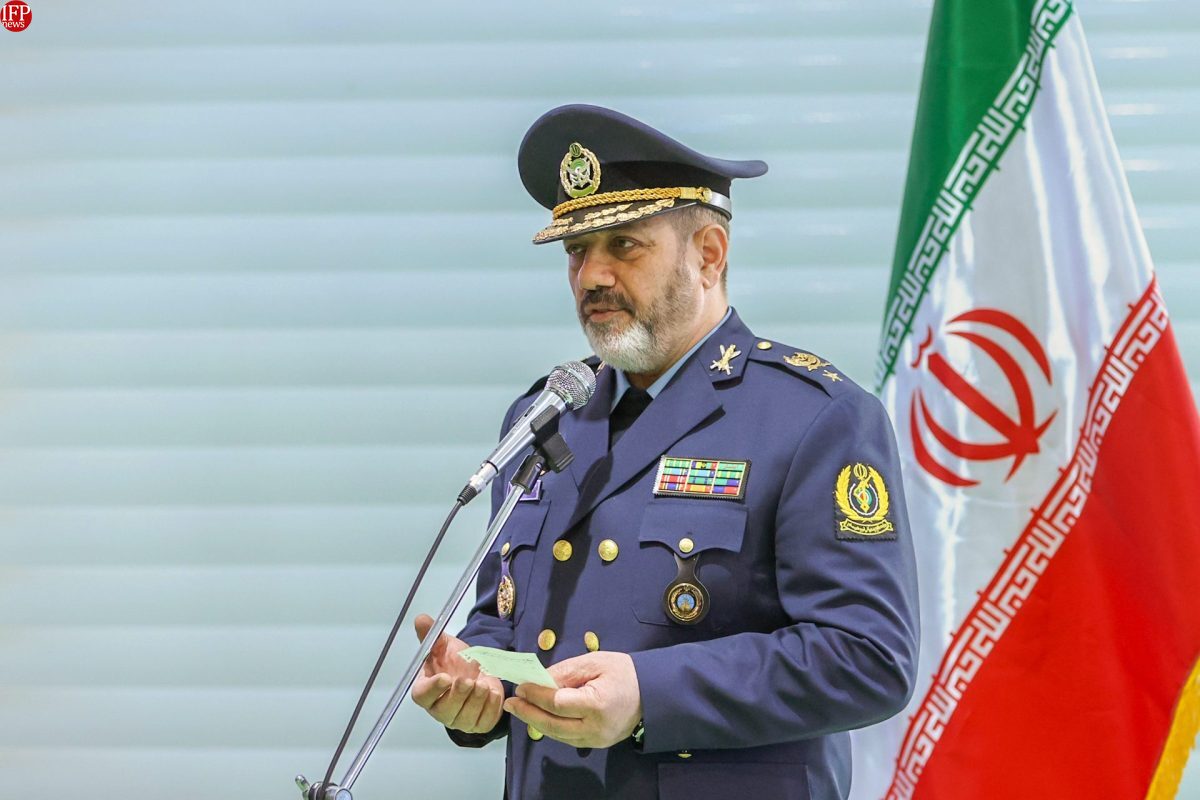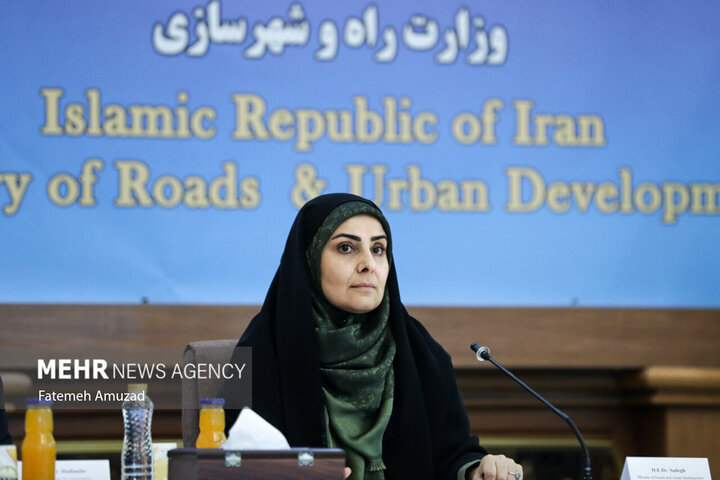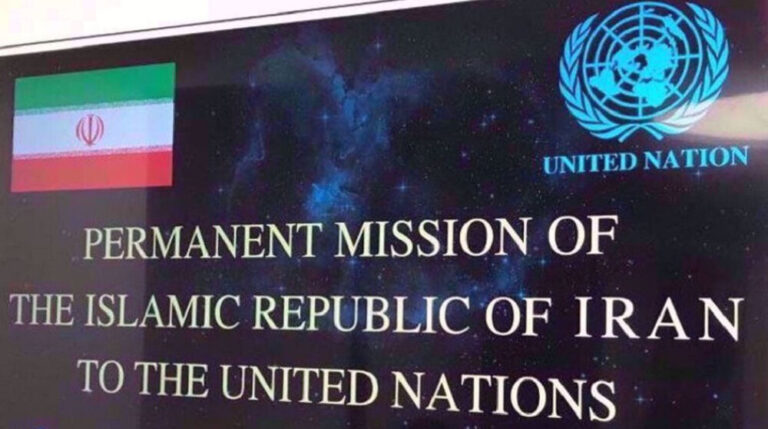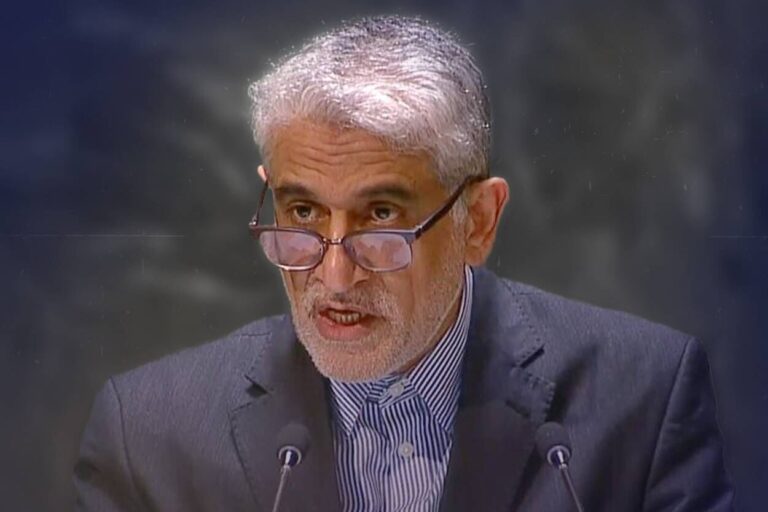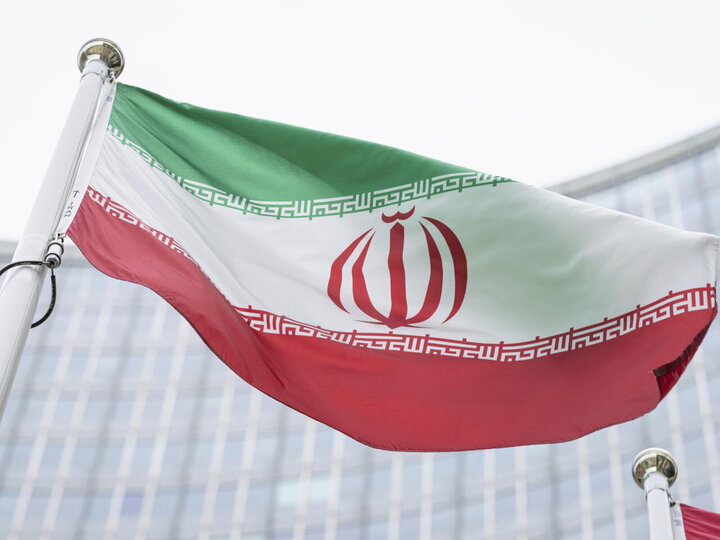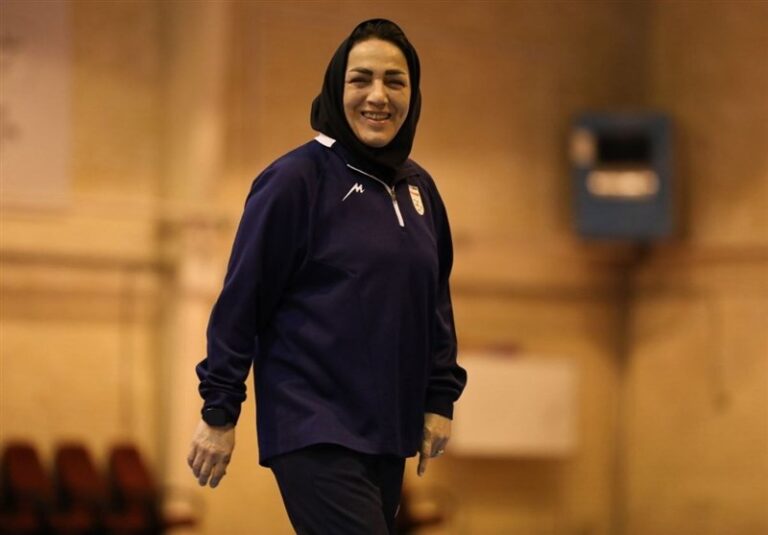Iran’s Defense Minister Showcases Major Advances in Satellite Technology
Iran has made remarkable strides in satellite launch technology, showcasing its advancements in space exploration during a recent ceremony for National Space Technology Day. Brigadier General Aziz Nasirzadeh, the Defense Minister, announced these achievements, which represent a significant milestone in the country’s space program.
During the ceremony, General Nasirzadeh emphasized the maturity Iran has attained in developing its satellite carriers. The successful launches of the Simorgh and Qaem 100 satellites were highlighted as key milestones, both completing their missions without any issues.
He underscored the critical role of space technology in shaping Iran’s future, stating that it is essential for the country to bridge any gaps in this area to ensure independence from foreign powers. This commitment to self-sufficiency is part of a broader strategy to enhance national capabilities in space.
- Collaboration with Knowledge-Based Companies: The Iranian Defense Ministry has partnered with over 1,300 knowledge-based companies and more than 7,000 private firms.
- Advancements in Technology: These collaborations have been pivotal in advancing various technologies related to space and defense.
- Self-Sufficiency Achievements: Iran has successfully achieved self-sufficiency in areas such as satellite carriers, ground infrastructure, control systems, and navigation technologies.
Looking ahead, General Nasirzadeh outlined ambitious plans for the future of Iran’s space program. He announced that two additional satellite launches are scheduled before the end of the Iranian year, further demonstrating the country’s commitment to space exploration.
One of the key projects in progress is the development of the Sarir satellite carrier, designed to manage heavier payloads. This development is expected to facilitate the establishment of satellite constellations, which will enhance Iran’s capabilities in space.
Moreover, Iran is setting its sights on advanced orbital transfer blocks, with the goal of reaching higher orbits, including the Geostationary Orbit (GEO). This initiative reflects the strategic vision of Iran’s space program, aiming for greater autonomy and technological prowess.
General Nasirzadeh reiterated Iran’s dedication to utilizing science for promoting equitable global relations and fostering national development. He contrasted this vision with the Western perspective, where science is often viewed as a means to exert dominance over other nations.
This commitment to science and technology as tools for national growth is integral to Iran’s strategic objectives. By focusing on developing indigenous capabilities, Iran aims to position itself as a key player in the global space arena.
In summary, Iran’s progress in satellite launch technology is a testament to its growing capabilities in space exploration. With ongoing partnerships and ambitious future plans, the nation is poised to continue its journey towards becoming a significant force in the field of space technology.
